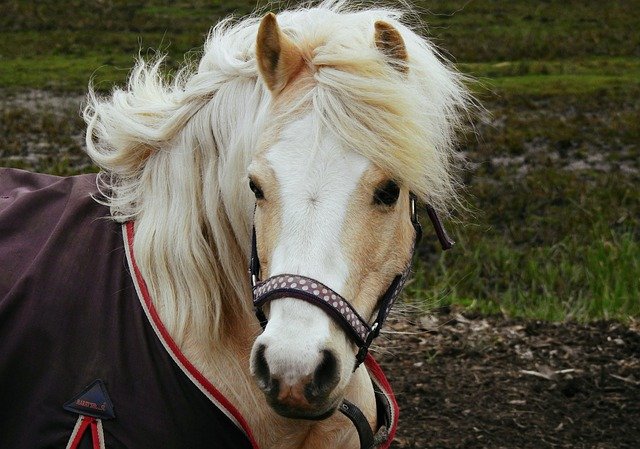The effect of time regime in noise exposure on the auditory system and behavioural stress in the zebrafish | Scientific Reports – Nature.com
Test animals and husbandry
Wild type adult zebrafish (AB line) were initially obtained from China Zebrafish Resource Center (CZRC, China) and reared at the zebrafish facility of the University of Saint Joseph, Macao. Fish were maintained in 10 L tanks in a standalone housing system (model AAB-074-AA-A, Yakos 65, Taiwan) with filtered and aerated water (pH balanced 7–8; 400–550 μS conductivity) at 28 ± 1 °C and under a 12:12 light…….

Test animals and husbandry
Wild type adult zebrafish (AB line) were initially obtained from China Zebrafish Resource Center (CZRC, China) and reared at the zebrafish facility of the University of Saint Joseph, Macao. Fish were maintained in 10 L tanks in a standalone housing system (model AAB-074-AA-A, Yakos 65, Taiwan) with filtered and aerated water (pH balanced 7–8; 400–550 μS conductivity) at 28 ± 1 °C and under a 12:12 light: dark cycle. Animals were fed twice daily with live artemia and dry powder food (Zeigler, PA, USA). The fish used in this study were 6–8 months old, both males and females (1:1), with a total length of 2.2–3.1 cm. The total number of specimens tested was 30 for the auditory sensitivity measurements and inner ear morphological analysis (6 fish per experimental group), and 78 for the Novel Tank Diving assay (15-18 fish per group).
All experimental procedures complied with the ethical guidelines regarding animal research and welfare enforced at the Institute of Science and Environment, University of Saint Joseph, and approved by the Division of Animal Control and Inspection of the Civic and Municipal Affairs Bureau of Macao (IACM), license AL017/DICV/SIS/2016. This study was conducted in compliance with the ARRIVE guidelines60.
Noise treatments
Prior to acoustic treatments, all subjects were transferred to 4 L isolation glass tanks that were placed in a quiet lab environment (Sound Pressure Level, SPL: ranging between 103 and 108 dB re 1 μPa) for a minimum of 7 days. These tanks had no filtering system but were subject to frequent water changes, and the light, temperature and water quality were kept similar to the stock conditions. This adaptation period was important to reduce potential effects of noise conditions from the zebrafish housing system.
After this period, groups of six zebrafish were transferred into separate acoustic treatment glass tanks (dimensions: 59 cm length × 29 cm width × 47 cm height; 70 L)—Fig. 1 Supplementary, where they remained 24 h in acclimation. Each tank was equipped with an underwater speaker (UW30, Electro-Voice, MN, USA) housed between two styrofoam boards (dimensions: 3 cm thick × 29 cm width × 47 cm height) with a hole in the centre, positioned vertically in one side of the tank. Another similar sized board was positioned in the opposite side of the tank and fine sand was placed in the bottom to minimize transmission of playback vibrations into the tank walls. Each treatment tank was mounted on top of styrofoam boards placed over two granite plates spaced by rubber pads to reduce non-controlled vibrations.
Four acoustic treatment tanks were prepared for this study to be used alternately between trials and cleaning procedures, but only two were used simultaneously. When two tanks were being used, one contained specimens under acclimation and the other fish under a specific acoustic treatment. The tanks were housed in a custom-made rack and placed …….







